If you don't understand the regional flavor and characteristics of individual coffee, don't say you know coffee.
Professional coffee knowledge exchange more coffee bean information please follow the coffee workshop (Wechat official account cafe_style)
As people in the coffee industry, one of the questions we are most often asked is: "which coffee do you like best?" The answer that the average person can think of may be Cappuccino or Cafe Latte, but in most cases the answer is the origin of the beans (not the coffee processing).
Panama? Ye Jia Xuefei? Kenya? Each has his own love.
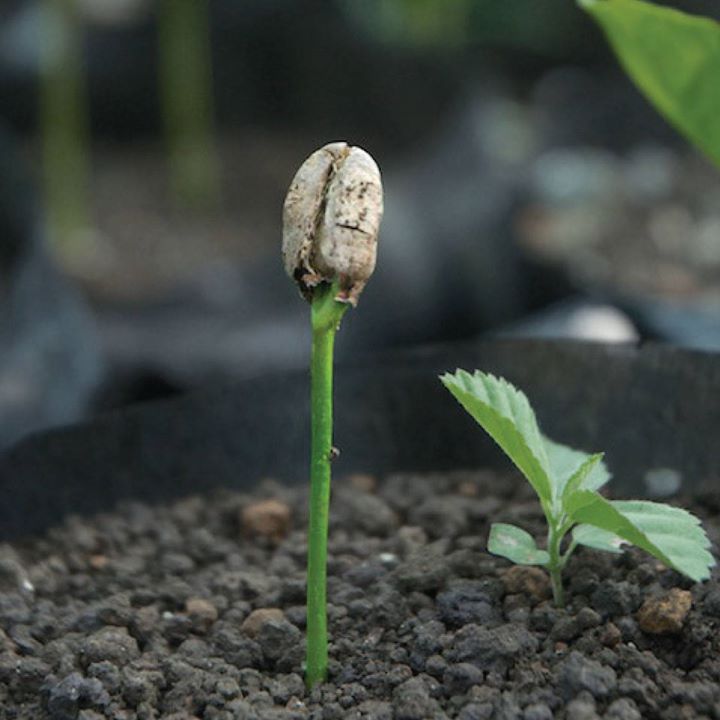
What causes it? Because we know that the flavor of a cup of coffee is closely related to its growing area, only by tracing back can we really understand how the characteristics of a cup of coffee are formed. We call it: Origin characteristics / regional flavor characteristics.
As mentioned in our previous article, the world's coffee beans come from three major regions-Central and South America, Africa and Asia. As a kind of agricultural product, the characteristics and quality of coffee beans depend on many factors, among which the soil (soil, precipitation, climate, altitude, environment) of growing coffee trees is the main factor to form the flavor of each kind of coffee. this is the basis of the concept of "coffee in a single producing area".
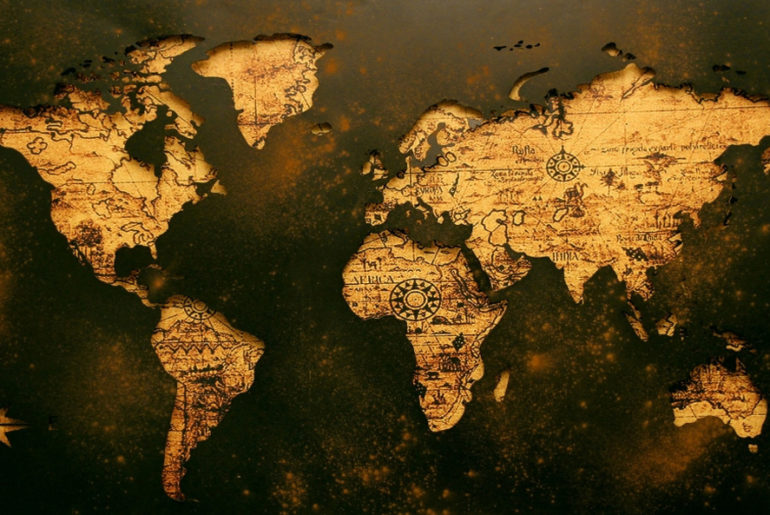
Although there are many factors that affect the flavor of coffee (such as different rainfall, stability of temperature difference between day and night, harvest conditions, etc.), we can still make a general analysis of coffee from a certain producing area through observation.
The reason why it can be summarized is that the local area is usually affected by similar factors, including the type (variety) of coffee planted, the method of treatment, the way to get water, and so on. It is important to understand that the following comparison mainly analyzes the differences between the characteristics of origin and does not discuss roasting development or brewing methods (although both have a significant impact on the final presentation of coffee).

Coffee from Central America (stretching from northernmost Mexico to Panama in the south) shows quite consistent or similar characteristics because of its complex climate, topography, elevation and handling methods. You can find that different degrees of acidity (from malic acid, maloid to citric acid) and sweetness are almost always balanced, although the characteristics of fruit flavor are not obvious. But it can be enhanced by honey treatment. Honey treatment is becoming more and more common in Costa Rica. In spite of this, Costa Rican coffee beans traded in bulk are mainly treated with water, which can produce sweet, mild, balanced and medium alcohol coffee.
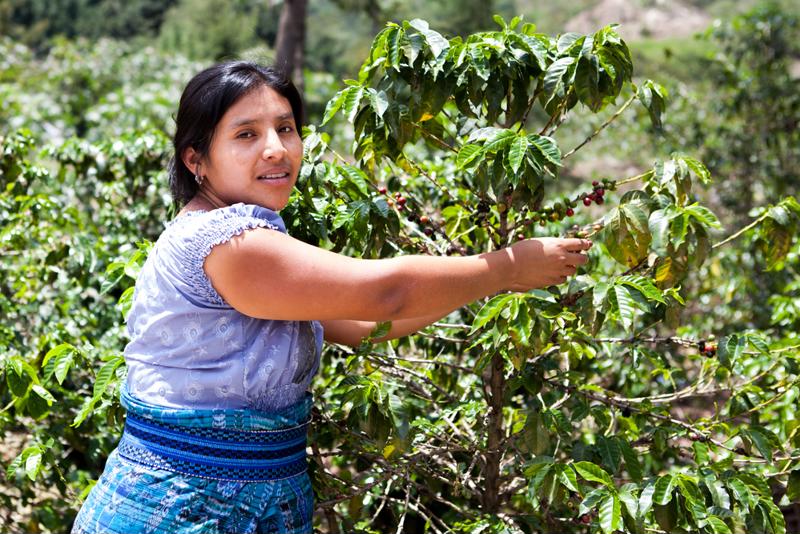
Colombian coffee from South America (Colombia) and top coffee from Peru and Ecuador have a typical characteristic: medium to high acidity, full sweetness, nutty or light fruit aroma Colombia basically uses full-water washing treatment to ensure the sweetness and medium mellow thickness of the coffee.
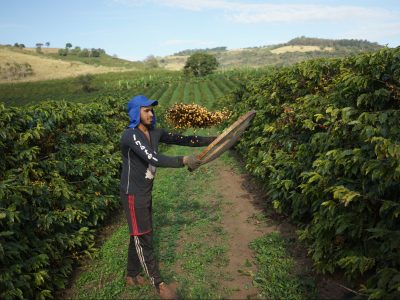
South America (Brazil) Brazil has a vast area and is also a big coffee producer. Due to the geographical advantages of Brazil's coffee-growing areas (flatter than the mountains of Central America and other parts of South America), its treatment is slightly different from that of other Central American coffee-producing countries. The main treatment method is natural drying without pulp, which can create nutty, chocolate flavor and thick mellow thickness. The flavor of Brazilian coffee may be more complex than that of other South American coffee, but at the expense of its purity and cleanliness.
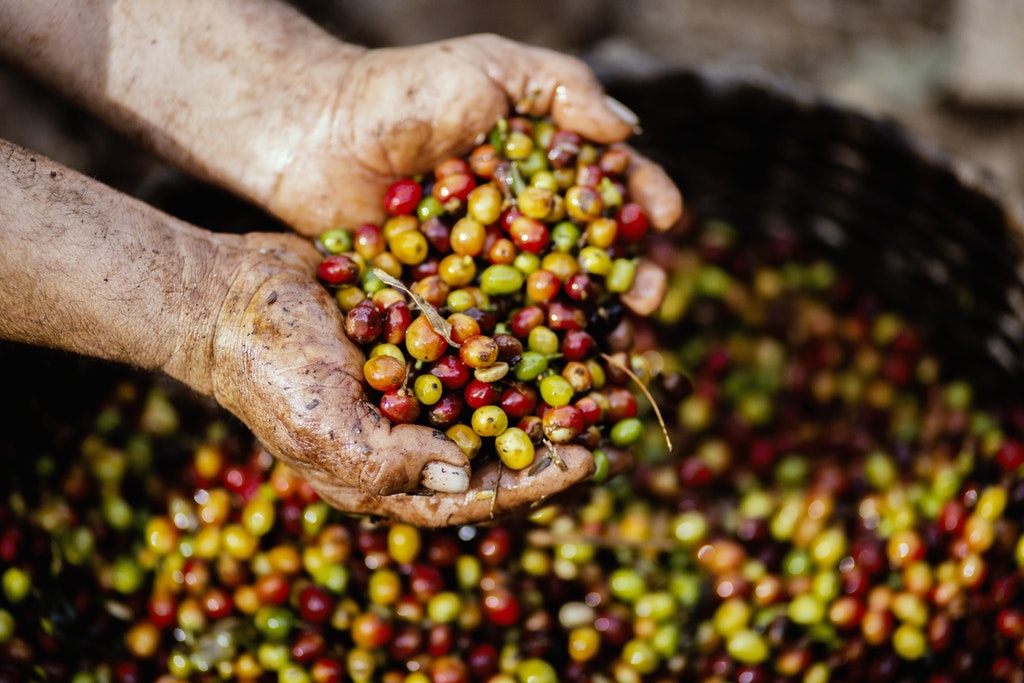
South-East Asia (Indonesia, Papua New Guinea) has affected treatment methods and growth conditions due to lack of infrastructure and processing facilities, which means that it is difficult to find high-quality Indonesian coffee, or rather, it is a very challenging thing, however, once found, these coffees tend to have a very good taste: large grains, with a syrup-like texture. In terms of flavor, Indonesian coffee has well-known characteristics of soil, herbs, nuts, toast or malt.
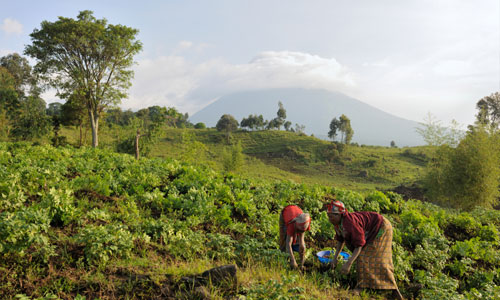
African coffee (Kenya, Tanzania, Rwanda) is characterized by high acidity and fermented wine aroma. They are usually described as large, full-bodied and juicy. The sense of juice describes the feeling that the mouth secretes a lot of saliva when drinking this highly acidic coffee. In particular, Kenyan coffee, its unique sweetness reminiscent of blackcurrant or tomato flavor, many coffee professionals have a fondness for Kenyan coffee.
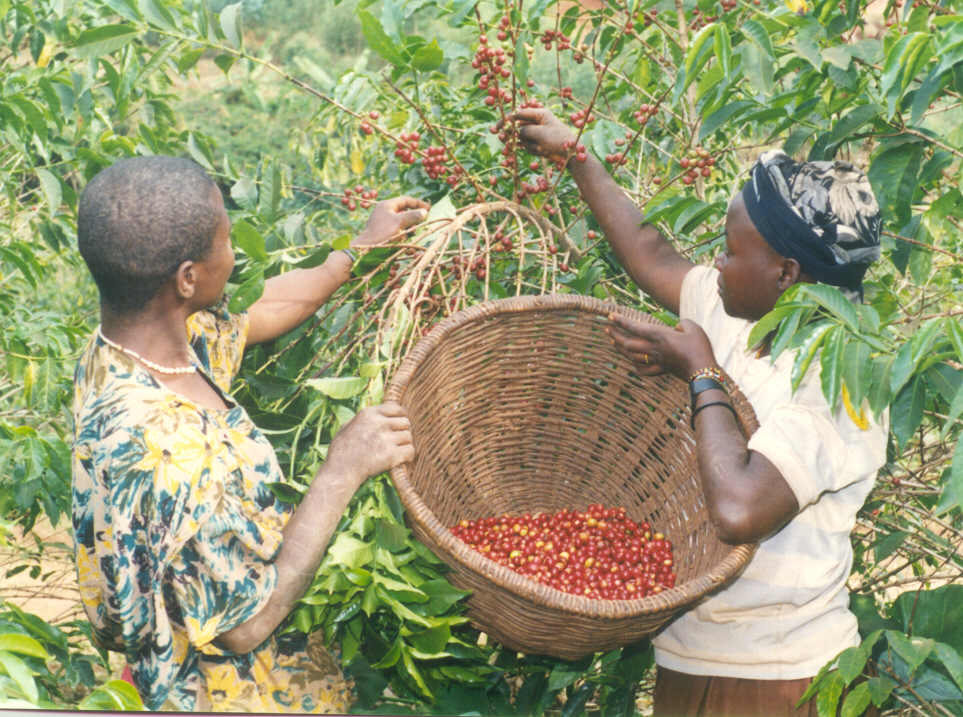
Africa (Ethiopia) the birthplace of this coffee is the most diverse coffee producing area in the world. Due to the numerous "native coffee" varieties in Ethiopia, combined with a variety of processing methods, the coffee in this place tends to show rich flavors, from citrus, tea and flowers to berries, chocolate and wine. Coffee lovers all over the world know that every cup of coffee in Ethiopia, whether it's washing from the Yega Sheffield region or the sun from Sidamo or Harald, has a strong "personality trait".
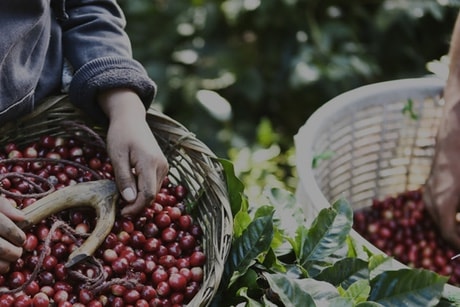
In addition to the above-mentioned producing areas, coffee beans are also grown in relatively small areas, including the Arabian Peninsula, the Indian subcontinent, the Pacific Islands and the Caribbean, as well as parts of Asia. For example, coffee is also produced in Taiwan, Hainan, Yunnan and other provinces in China.
Have you ever tried coffee from these small producing areas?
END
Important Notice :
前街咖啡 FrontStreet Coffee has moved to new addredd:
FrontStreet Coffee Address: 315,Donghua East Road,GuangZhou
Tel:020 38364473
- Prev

Characteristics of Hawaiian coffee boutique coffee beans grading and brewing flavor in Kona, Hawaii
Professional coffee knowledge exchange more coffee bean information please follow the coffee workshop (Wechat official account cafe_style) Hawaii KONA: there is a saying that Blue Mountain is the king of coffee, KONA is after coffee. But relative to the Blue Mountains, Hawaiian coffee has a very special taste, not too strong, not too sour and mellow, due to the island topography and volcanic soil.
- Next

The most beautiful coffee beans in the world is Hawaii Kona coffee good? how to choose Kona coffee beans
Professional coffee knowledge exchange more coffee bean information please pay attention to the coffee workshop (Wechat official account cafe_style) 01 | Preface Hawaii is the only coffee producing area in developed countries, although the elevation here is not high, but due to the special island climate, the quality of the coffee produced here is not low. Coffee was first made in the time of King Kamehameha, the first West.
Related
- Detailed explanation of Jadeite planting Land in Panamanian Jadeite Manor introduction to the grading system of Jadeite competitive bidding, Red bid, Green bid and Rose Summer
- Story of Coffee planting in Brenka region of Costa Rica Stonehenge Manor anaerobic heavy honey treatment of flavor mouth
- What's on the barrel of Blue Mountain Coffee beans?
- Can American coffee also pull flowers? How to use hot American style to pull out a good-looking pattern?
- Can you make a cold extract with coffee beans? What is the right proportion for cold-extracted coffee formula?
- Indonesian PWN Gold Mandrine Coffee Origin Features Flavor How to Chong? Mandolin coffee is American.
- A brief introduction to the flavor characteristics of Brazilian yellow bourbon coffee beans
- What is the effect of different water quality on the flavor of cold-extracted coffee? What kind of water is best for brewing coffee?
- Why do you think of Rose Summer whenever you mention Panamanian coffee?
- Introduction to the characteristics of authentic blue mountain coffee bean producing areas? What is the CIB Coffee Authority in Jamaica?

